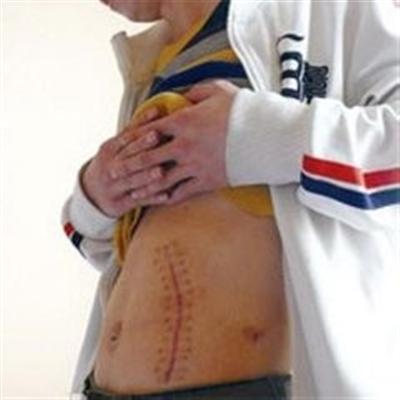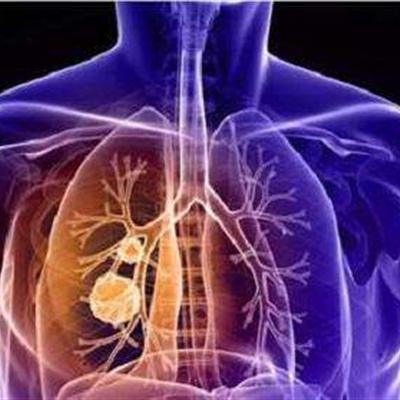How to do progressive diaphyseal dysplasia?
summary
Progressive diaphyseal dysplasia is also known as proliferative periostitis, symmetrical sclerosing pachydermia, Engelmann disease or Camurati Engelmann disease. It is an autosomal dominant bone disease. This disease is characterized by systemic symmetrical dysplasia of bone. The epiphysis is generally normal, but it can also be affected. What should we do with progressive diaphyseal dysplasia? Next, I'd like to share my views with you.
How to do progressive diaphyseal dysplasia?
Including strengthening nutrition and proper exercise. Because the patients are mostly in the state of growth and development, the disease affects the hematopoiesis of bone marrow, often with varying degrees of anemia. It is necessary to supplement protein, vitamin C, B vitamins, calcium and iron.

The effect of glucocorticoid in the treatment of PDD has two aspects: (1) inhibiting osteoblasts, reducing bone deformity caused by bone marrow cavity stenosis, so as to achieve the purpose of pain relief. ② The serum immunoglobulin and T lymphocyte subsets CD4 + were increased, so the pain may be involved in immune factors.

Osteotomy can be performed for severe bone deformity or affecting function. Cochlear transplantation is feasible to reconstruct hearing because of the deafness caused by cranial nerve compression. For patients with optic disc edema caused by increased intracranial pressure, intracranial decompression is feasible.

matters needing attention
It's best to exercise properly, strengthen nutrition, supplement protein, vitamins, calcium and iron in diet. This can reduce and avoid anemia caused by disease. In terms of drug treatment, it is very important to take analgesic and keep a good attitude, keep a good mood, have optimistic, open-minded spirit, and strong confidence to overcome the disease.















